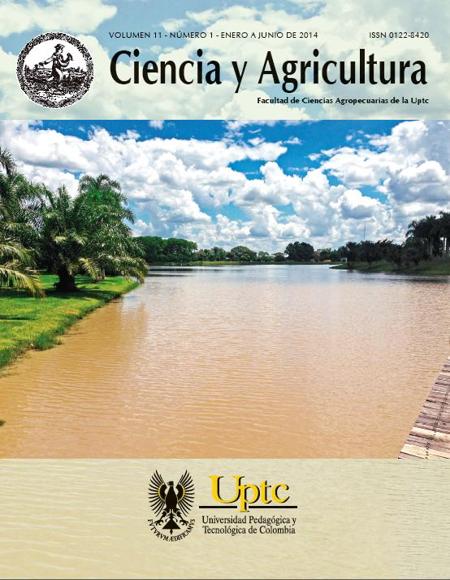Effect of applying Pyraclostrobin+Epoxiconazole in the strawberry production (Fragaria sp.)

Abstract
Cundinamarca has been a big producer of strawberry (Fragaria sp.) in contrast to the other departments of Colombia. Yet one of its major constraints is the lost fruit caused by the gray mold disease, developed by the Botrytis cinerea agent. Therefore, it was applied Pyraclostrobin+Epoxiconazole®, to the plantations, in three doses which were compared with a regional witness Carbendazim®, with the study variables: production, quality, brix degrees, pH, titratable acidity and the disease incidence on the crop. The results obtained and analyzed by SAS software and applying the Tukey comparison test, showed that the dose of pyraclostrobin+epoxiconazole with 80cc/200L, had the highest fruit production of second, and third class, and as a whole. Aldo the lowest total amount of fruit damaged, along with the dose of 120cc/200L. While the lower total production and quality was obtained with the dose of carbendazim (250cc/200L).In terms of brix degrees, no significant differences were found, but an increase over the four crop weeks. The pH and ATT highest values, were obtained with doses of pyraclostrobin+ epoxiconazole® and the lowest values with applications of carbendazim (250 cc/200 L). It is recommended these ingredients applications in the management of gray mold disease (Botrytis cinerea).Keywords
brix, strawberry, fungicides, gray mold.
Downloads
Download data is not yet available.